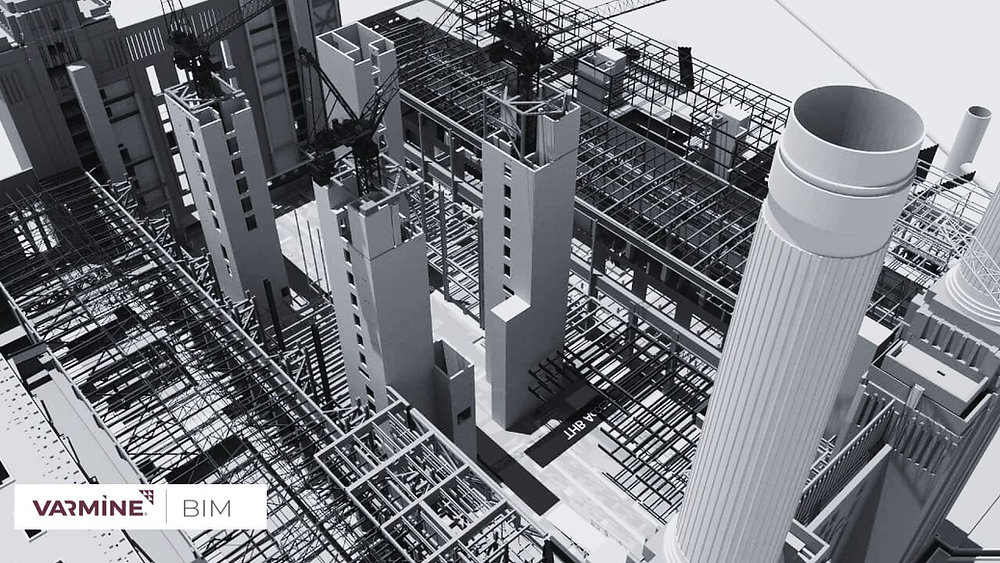In the construction industry, the ability to effectively plan and schedule projects is crucial for successful project execution. Traditional methods of planning and scheduling often fall short in capturing the dynamic nature of construction sites. However, with the advent of 4D BIM (Building Information Modeling) simulation, construction professionals now have powerful tools at their disposal to enhance project planning and scheduling. In this blog post, we will explore the techniques of 4D planning and scheduling and delve into the benefits they offer in construction projects.
Understanding 4D Simulation:
4D simulation is the integration of 3D BIM models with the element of time, creating a dynamic visualization of the construction process. By linking the BIM model with a construction schedule, project stakeholders can visualize the progression of the project over time. This visualization aids in understanding the project’s phasing, sequencing, and potential conflicts. Integrating 4D simulation into planning and scheduling allows for improved decision-making and communication throughout the project lifecycle.
Benefits of 4D BIM Simulation:
Enhanced Visualization: 4D BIM simulation provides a visual representation of the project’s construction sequence, allowing stakeholders to better understand the project’s progression. This visualization facilitates effective communication among project teams, clients, and stakeholders.
Improved Clash Detection: By combining 4D BIM simulation with clash detection capabilities, potential clashes and conflicts between different project elements can be identified early on. This enables proactive resolution, reducing rework and cost overruns.
Optimal Resource Allocation: 4D BIM simulation enables the identification of resource requirements at different stages of the project. This information allows project managers to optimize resource allocation, ensuring that materials, equipment, and labor are scheduled efficiently.
Time and Cost Savings: The ability to visualize the project’s construction sequence in advance helps identify potential bottlenecks and optimize workflows. By proactively addressing these issues, projects can be completed more efficiently, resulting in time and cost savings.
Techniques of 4D Planning and Scheduling:
Sequence Visualization: 4D simulation allows construction professionals to visualize the project’s construction sequence, identifying critical paths, dependencies, and potential conflicts. This visualization aids in developing a realistic and achievable construction schedule.
Clash Detection and Resolution: Integrating clash detection capabilities into 4D BIM simulation enables the early identification of clashes and conflicts. This allows for prompt resolution, minimizing delays and rework.
Resource Allocation Optimization: 4D BIM simulation provides insights into resource requirements at different project stages. By optimizing resource allocation, project teams can ensure the availability of necessary resources, preventing bottlenecks and delays.
Scenario Analysis: 4D simulation allows project teams to analyze different construction scenarios, assessing the impact of schedule changes, resource allocation adjustments, and design modifications. This analysis facilitates informed decision-making and mitigates potential risks.
Case Studies and Success Stories:
Highlighting real-world examples where 4D planning and scheduling techniques have been successfully employed can provide further insights into their effectiveness. Discuss how companies in the construction industry have leveraged 4D simulation to improve project outcomes, including reduced project durations, enhanced coordination, and improved stakeholder satisfaction.
Conclusion:
The adoption of 4D planning and scheduling techniques, specifically through the utilization of 4D simulation, brings significant advantages to construction projects. The enhanced visualization, clash detection capabilities, optimized resource allocation, and scenario analysis offered by these techniques contribute to improved project outcomes. By embracing the power of 4D planning and scheduling, construction professionals can streamline project execution, minimize risks, and deliver projects with greater efficiency and success.



